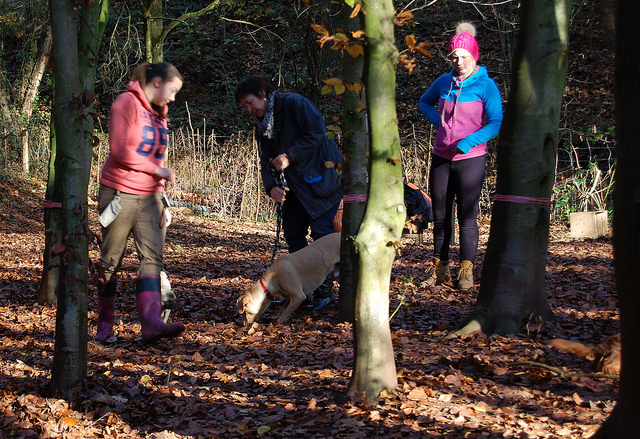A lot of dogs live with fears. Fear of people, other dogs, nail trims, baths, cars – the list goes on and on. Fortunately, there are ways to help your dog overcome their fears, which makes both of your lives better. The following is a list of tips to help your dog living in fear. You will have the best luck if you employ a positive-based dog trainer with behavior modification experience to help you train.
#1 – Counter Conditioning
Counter conditioning is a scientifically proven method to help anyone (you or your dog!), living in fear. The idea is simple: pair something scary with something good. Imagine if you are scared of spiders and every time you saw one someone gave you chocolate at the same time. Soon, that scary object begins to represent the good thing (see a spider – I get chocolate). This makes the scary thing not so scary. The execution of this, however, is not so simple: it has to be done right or you can make things worse. Because of this, it’s best done with the help of a professional dog trainer.
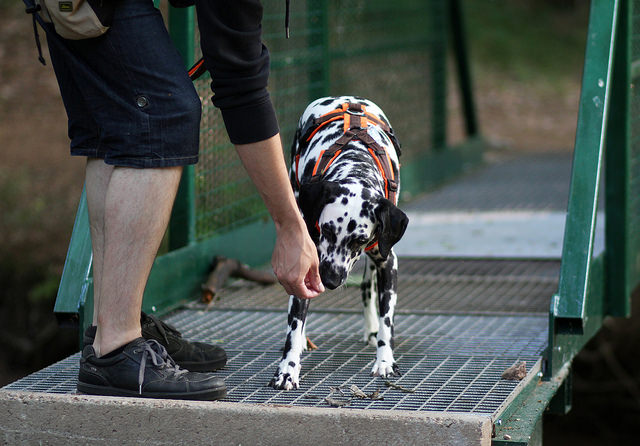
#2 – Don’t Force Your Dog
Forcing your dog to “face their fears” will NOT help them get over it. In fact, it usually makes things worse. Conversely, giving them an “out” can help them feel in charge of the situation and lessen their fear. For example, being able to back away from a person, for example, rather than be forced to be petted.
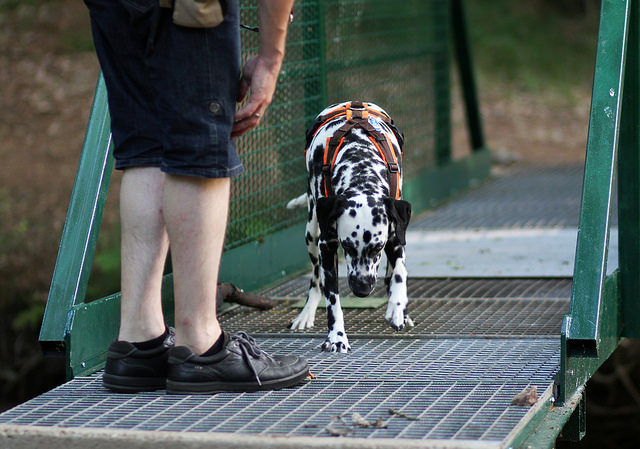
#3 – Become Their “Safe Space”
Following up on 2, you need to let your dog know that you can be trusted – that when around you, you won’t let something scary come up from behind them, for example. Or that you will stop those kids from running up and grabbing his face. They will start feeling more at ease around you, knowing you are not going to subject them to things they don’t like. (This INCLUDES greeting dogs! Not all dogs want to greet and that’s fine! Do you say hi to every stranger on the street? No. The goal here is to get your dog to ignore other dogs and not react, not to become Miss Congeniality).

#4 – Go Slow
Your dog has to get over his fear on his time, not yours. Watch his signals and make sure you are always working under his threshold. It takes time, but it’s worth it.
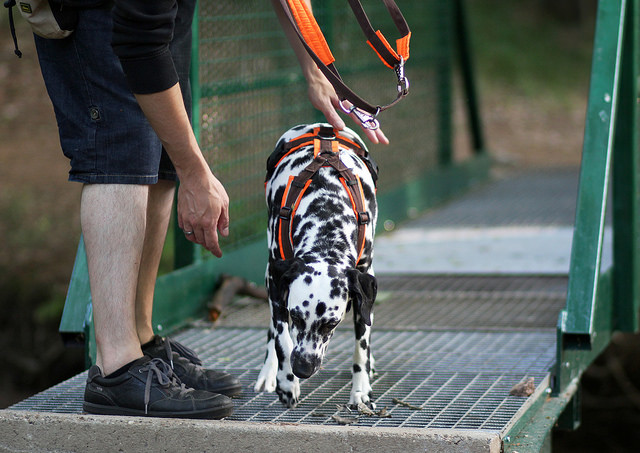
#5 – Music
Studies have proven that certain music can help calm dogs that live with stress, anxiety and/or fear. There are several companies – Pet Acoustics and Through A Dog’s Ear – that have created music specifically for dogs. Playing this while training and during other times of stress can help your dog relax.
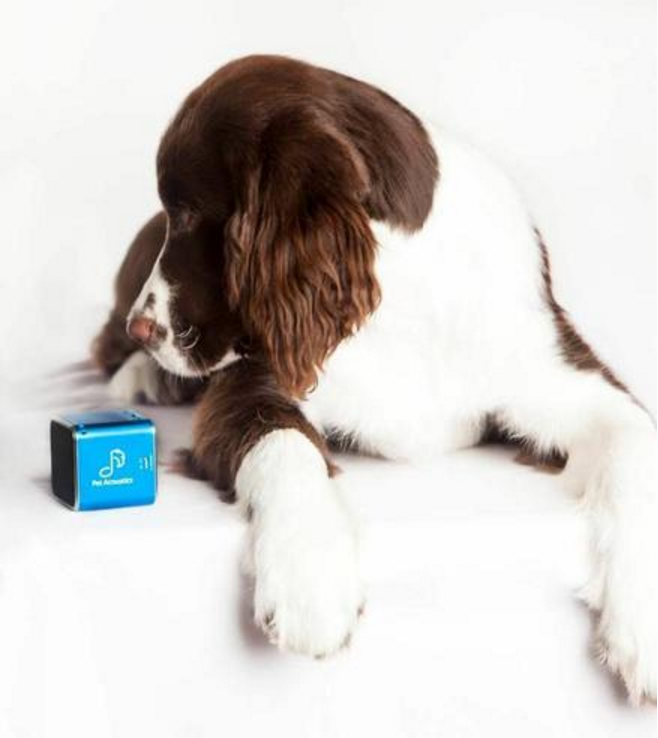
Image source: PetAcoustics.com
#6 – Mat Work
Mat work (such as “go to your mat”) can be used to teach your dog to relax in stressful situations. It give them a job to focus on (stay on the mat in the down position), instead of worrying about what’s going on around them. A very useful tool is Dr. Karen Overall’s Relaxation Protocol.
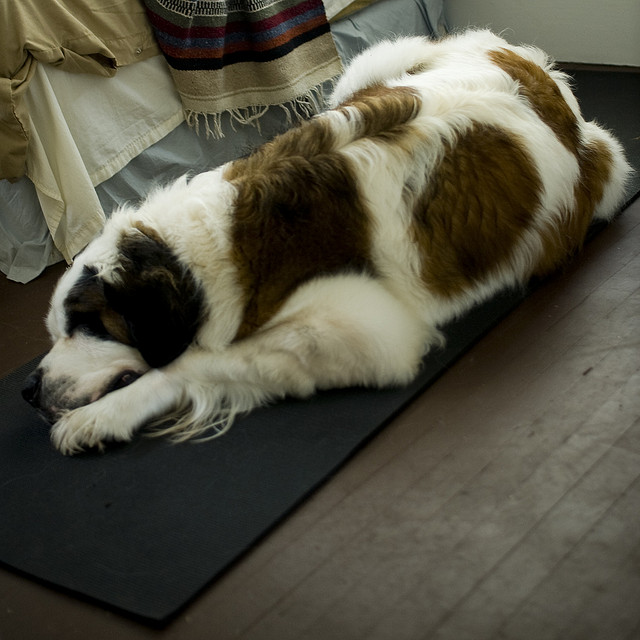
#7 – Relationship Building
A lot of fearful dogs are insecure about life in general. By working on building your relationship, your dog will learn to trust you (which will help you become the “safe space” mentioned above!) and will make him more confident when around you. There are many relationship building games that a dog trainer can work with you on – agility for example is great for relationship building!
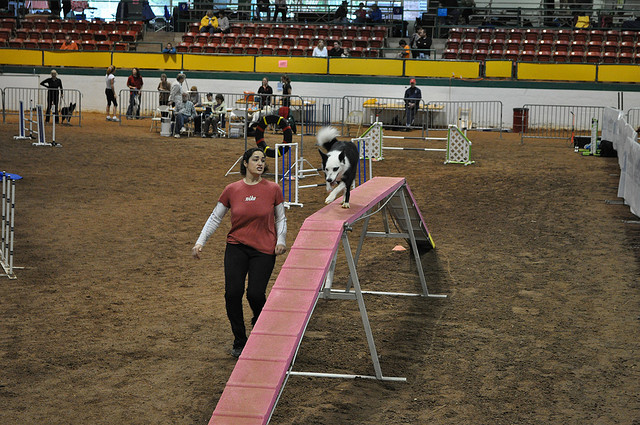
#8 – Instinct
A dog’s instinct is powerful. For some fearful dogs, tapping into this instinct can help them stop focusing on their fear and instead focus on a job. I have a fearful sheltie that is very noise sensitive and scared of new places. But, get her focused on herding and she is a different dog. The tail comes untucked, the ears come up – even in a new place. Using a dog’s instinct with sports like herding, treiball, nose works, etc., can help a dog gain confidence.
